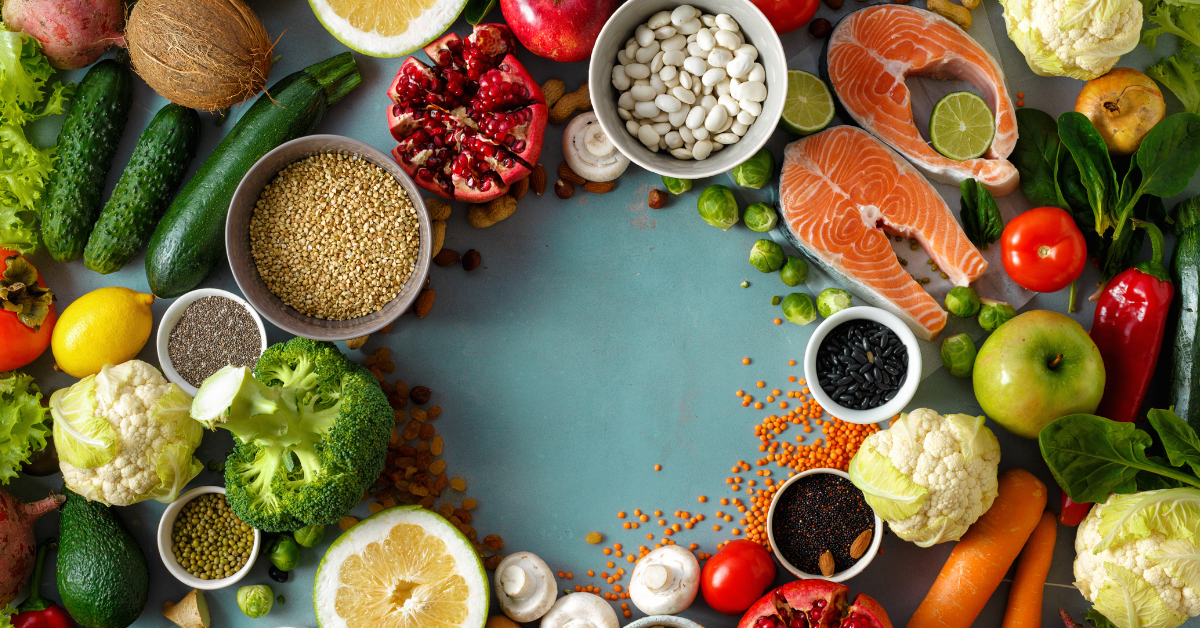With the growing competition in the food industry, businesses are relying on powerful marketing strategies to stay in the race. While there are several components of a food marketing strategy that come together to give excellent results, there are 3 primary components that business owners can leverage to get the desired results. In this post, we’ll discuss 5 useful tips to create a compelling food marketing strategy.
Make your product packaging captivating
A study by Deloitte shows that 34% of all items purchased at a grocery store are unplanned. Even surprising, 35% of shoppers reported that packaging is one of the key factors that drive customers to make impulse purchases.
Persuasive packaging concept and design are critical to capturing customers’ attention. Your loyal customers may end up buying from your competitors if they’re product packaging is more appealing than yours.
Focus on simplicity, and target the right audience
Two essential factors that food marketing experts must focus on when improving packaging are simplicity and the target audience.
- Use limited imagery and cut down on the number of colors. A simple, intricate design will draw shoppers’ attention and compel them to check your product.
- Industry jargon is a big ‘NO.’ Avoid it as much as possible.
- Particular phrases come across as extremely meaningful when it comes to food marketing and should be used no matter what. These include – ‘gluten-free,’ ‘certified organic,’’ and ‘vegan.’
- If you’re targeting youth, your food marketing strategy will be completely different than the strategy for targeting adults. By adding recognizable characters to your packaging, you can win the attention of children and teenagers.
Moreover, if you’re targeting individuals, it would be a good idea to package different portions separately. And, if you’re targeting large groups or families, you should package your product in a bigger packaging.
Product demos drive sales
The Deloitte study mentioned earlier also revealed that 49% of customers would make an impulsive purchase if they get a free sample from the company. So, what does this mean? Product demos can drive instant sales.
Providing free samples or hosting food demo events are great ideas to get the word out in the public and market your food company. These events also provide with a platform to solicit feedback from customers and improve your products. During these events, you can also encourage your customers to engage with you on social media. Customers often remember brands that they’ve personally interacted with.
Provide an exceptional customer experience
If you want to gain an edge over your competitors in the food marketing space, go a step further and provide exceptional customer experience. As a part of your food marketing strategy, conduct a surprise in-store customer survey. Pay attention to the body language of your customers and read their reactions to your products.
In addition to demos and free samples, provide customers with discount coupons and exciting deals from time to time. Organize cooking classes and feature your product as one of the ingredients for a recipe.
These are just some ideas you can use to make your customers happy and transform them into loyal customers.
Encourage social sharing
You’ll be stunned to know that views on food-related video have crossed the 20 billion mark. So, don’t think twice before using video content to showcase your products and share them on social media.
- Food bloggers are always looking out for food-related videos in the form of recipes to include them in their posts. Create video recipes featuring your food products.
- Customers love to see what’s happening behind the scenes. They love the ‘real’ picture of your brand. Another interesting way to use videos is by including intimate details of your company, featuring employees, sharing the history and mission of your brand, etc.
- While videos are the ‘real-deal,’ the power of images is also undeniable. Don’t you often hear your friends talking about different food brands on Instagram?
The beauty of shareable content is that it allows you to expand your reach with no additional cost. Whether your content is being consumed by your target audience or social influencers with no affinity for your brand, it’s still driving value.
Shareable content is a great way to kick-start your food marketing campaigns. It allows you to extend your reach and requires a bare minimum investment. Whether your target audience is sharing your content or influencers are using it to get more followers, ultimately it’s your brand that’s getting all the attention.
Final thoughts
Brands that come up with innovative and unique food marketing strategies emerge as winners in the race to get more customers and boost their sales. Now that you’ve identified 5 surefire ways of improving your food marketing strategy, make the most of them to grab the attention of potential customers and grow your business. Stand out from your competitors on the retail shelf by enhancing your product packaging and making it more eye-catching, extend product demos, and leverage digital media to share your content.


